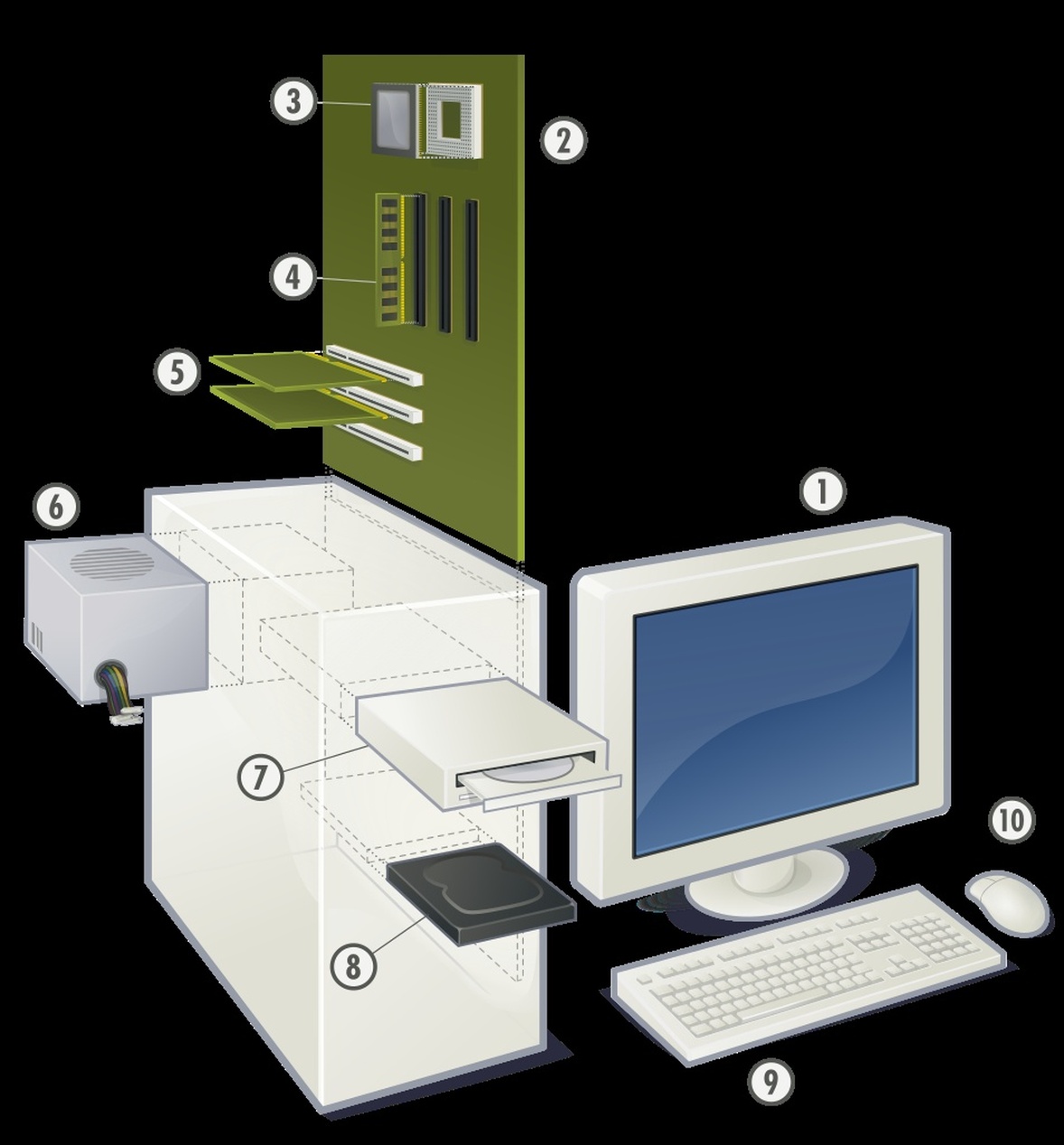Hur moderna intranätlösningar transformerar restaurangdrift och teamkommunikation
Many seasoned hospitality professionals, myself included, can recall a time when operations ran on paper and word-of-mouth. Schedules were sheets of paper taped to a bulletin board, stained with coffee and covered in strikeouts. Information about menu changes was passed through handwritten notes or spread like a game of telephone through the kitchen and dining room. It was an organized form of chaos that, for the most part, worked. But in today’s fast-paced restaurant climate, where margins are slim and guest expectations are higher than ever, ‘mostly working’ is no longer enough. The real transformation I have witnessed in recent years is not a new cooking technique or a trendy ingredient, but the quiet revolution happening behind the scenes: the implementation of modern intranet solutions. These digital platforms, which are essentially private, internal websites for the staff, have become the invisible backbone holding the most successful establishments together, changing everything from how we communicate to how we run our daily business.
Creating a Single Source of Truth for the Entire Team
Perhaps the greatest challenge in any restaurant environment has always been ensuring everyone has the same, correct information at the same time. A fragmented flow of information through text message groups, emails, and verbal reminders inevitably leads to misunderstandings, mistakes, and inefficiency. A modern intranet acts as a single, shared source of truth. Instead of hunting for information in different places, all staff, from the executive chef to the newest server, can log into one central platform. A key strength of these systems is providing role-based access, ensuring servers see menu updates while managers can view financial reports, keeping information relevant and secure. Platforms built specifically for the industry often include built-in messaging features that replace messy text threads, and as experts note, there are many effective tools to foster effective team communication that are now essential. When a manager needs to communicate a last-minute change, they can be confident the message reaches everyone concerned simultaneously, creating a sense of clarity and reliability that was unthinkable just a decade ago. This is not merely a matter of convenience; it is fundamental to delivering a consistent, high-quality guest experience, shift after shift.
Driving Operational Efficiency and Knowledge Management
True operational efficiency goes beyond just fast service; it extends to how we manage and distribute knowledge. In my experience, a well-informed staff is a high-performing staff. An intranet serves as a living library for everything from detailed product guides for new wines, often called ‘tech sheets’ complete with maps and grape information, to training videos on new dishes and allergen protocols. This centralized knowledge management ensures that everyone on the team can answer guest questions with confidence and precision, which directly boosts both sales and guest satisfaction.
Streamlining Day-to-Day Operations
Modern intranets and integrated software streamline the most time-consuming administrative tasks. Processes like scheduling, time tracking, and managing paid time off are simplified through user-friendly mobile apps. Employees can easily request time off or swap shifts, with managers approving changes from anywhere. This centralized approach, a key feature of the best restaurant employee management software available today, significantly reduces administrative burdens. It gives managers more time to focus on what truly matters: leading their teams on the floor and engaging with guests.

Building a Centralized Knowledge Hub
Consistency is crucial, especially for multi-unit operations or franchises. An intranet becomes the central hub for ensuring every dish is prepared the same way at every location. As highlighted in a franchise intranet case study of Taco John’s, immediate access to recipes and instructions is vital for quality control. New menu items can be launched seamlessly, with training materials and recipes instantly available to all staff. Building such a resource is a key benefit of a robust intranet, and for those looking to implement a powerful system, exploring platforms like the one detailed at https://www.omniaintranet.com/en is an excellent starting point to see how comprehensive solutions create these essential knowledge hubs.

Elevating the Guest Experience
This enhanced flow of information can even become hyper-personalized. Many restaurants now use a digital ecosystem where specialized tools integrate seamlessly with their central intranet. For instance, features like ‘guest notes’ in systems such as OpenTable allow staff to record preferences, anniversaries, and allergies for VIP guests. When this data is shared in real time with the host, sommelier, and kitchen via the intranet, it transforms good service into exceptional, personal hospitality, creating the memorable experiences that build unwavering loyalty.
Fostering a Stronger Culture and Improving Staff Retention
With an astonishing 57% of restaurateurs identifying recruiting and retention as their top challenge, creating a positive work environment is more important than ever. The communication features within an intranet are powerful tools for building a strong culture. They facilitate immediate peer-to-peer recognition, celebrate work anniversaries, and make it easy to coordinate cross-training opportunities. As one industry analysis points out, the simple act of streamlining staff communication directly improves employee relationships and boosts retention. Furthermore, these platforms provide an invaluable channel for feedback. By implementing systems for employee surveys or suggestion boxes, you give staff a voice. When leadership actively listens and responds, it builds a culture of trust and respect that not only improves morale but also provides critical insights for improving the business.

The Invisible Partner in Your Restaurant’s Success
Looking back, it is striking how far we have come from those paper scraps on the bulletin board. Implementing a modern intranet is no longer a luxury for large chains but a strategic necessity for any restaurant aiming to be competitive and efficient. This is not about adopting technology for its own sake. It is about creating a digital ecosystem that quietly and effectively handles the complex administrative tasks in the background. In doing so, we free up our most valuable asset: time. Time for managers to coach their staff, time for chefs to perfect their dishes, and time for servers to focus wholeheartedly on what will always be the core of our industry, creating unforgettable experiences for our guests. The best technology becomes so integrated into our daily work that we hardly notice it, yet its absence would be unthinkable. That is precisely what a well-functioning intranet has become for the modern restaurant.

